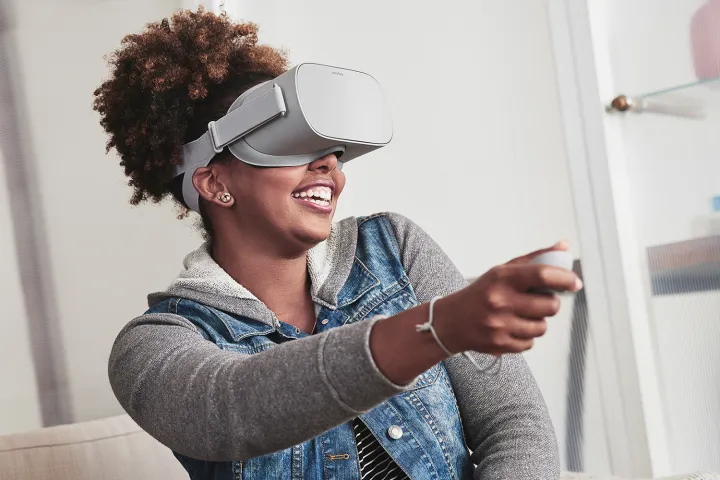
One of the biggest hurdles for virtual reality hardware and software makers is actually getting people to try it out. With the specific hardware and software requirements for modern VR, it’s not easily done. Pushing VR content through Facebook though will make it easier than ever before, and will enhance the types of experiences available to headset owners.
As much as virtual reality web browsing is still in its infancy, pushing WebVR and React VR content through Facebook’s news feed will make what is there, widely available and will encourage more developers to try it out. Anyone with a headset — be it an HTC Vive or one of the upcoming Oculus Go headsets — will be able to experience VR content right from the comfort of their Facebook feed.
Although we don’t know when the support will be made widely available, we do know Oculus is testing native integration at this time. When the support is added for all Facebook users, it will make it possible for companies to put out promotional and entertaining VR content right through Facebook. We could see something like the recent Jumanji experience or previews of VR museum exhibits shown on people’s news feeds.
Some of the other highlighted internet VR content showcased in Oculus’ blog post includes a tourism experience where you can take a virtual tour of Dubai and a showcase of a visit to the National Gallery’s Sainsbury Wing in virtual reality.
These sorts of more in-depth VR experiences are what Oculus will be looking to push to Facebook’s news feed in the future and will enhance already existing 360-degree video content that, as UploadVR highlights, was introduced in 2015.
Serving VR experiences over the internet without local applications holds a lot of promise. With the proliferation of technologies like React VR and WebVR, as well as unifying standards like OpenXR, the internet could become much more virtually accessible in the near future.



